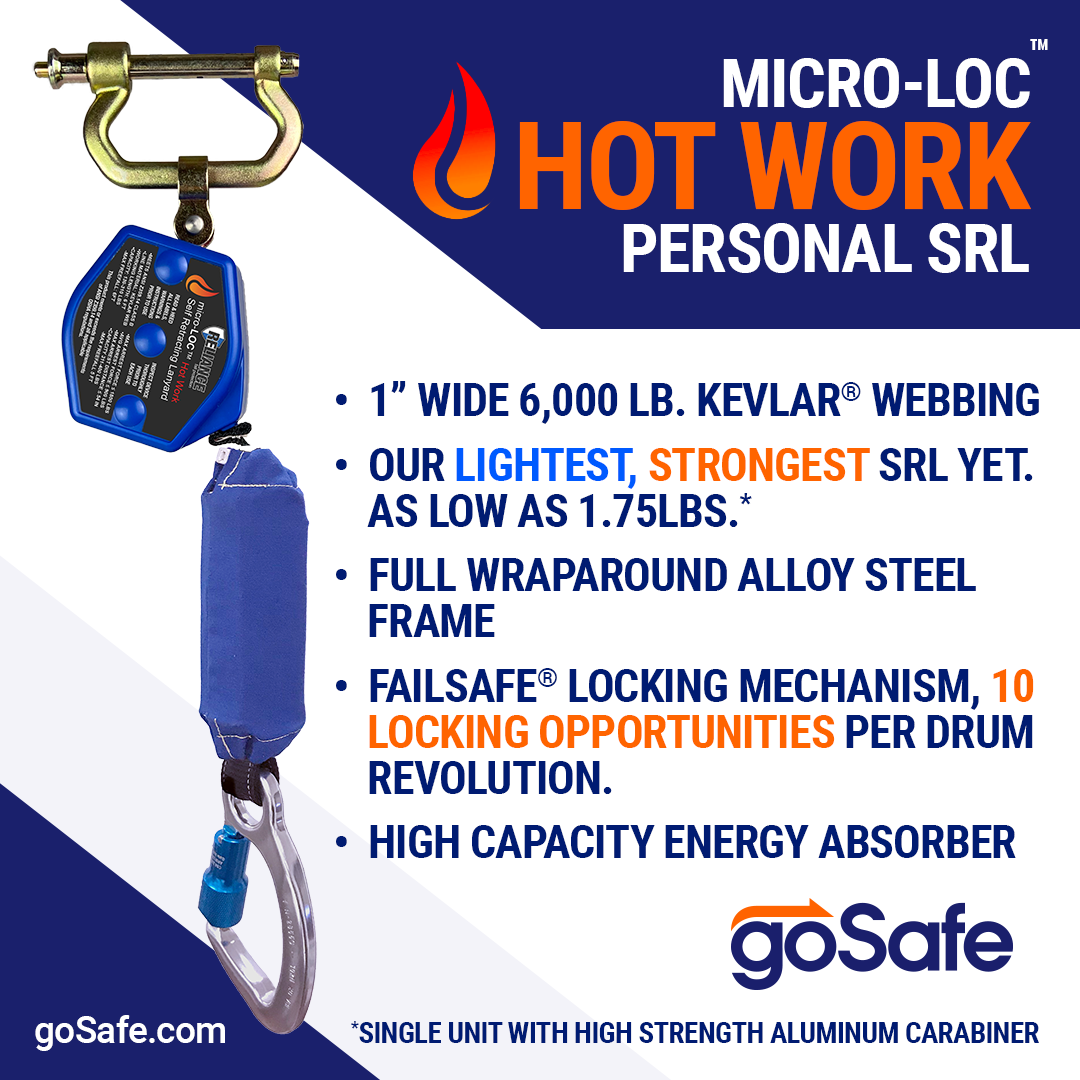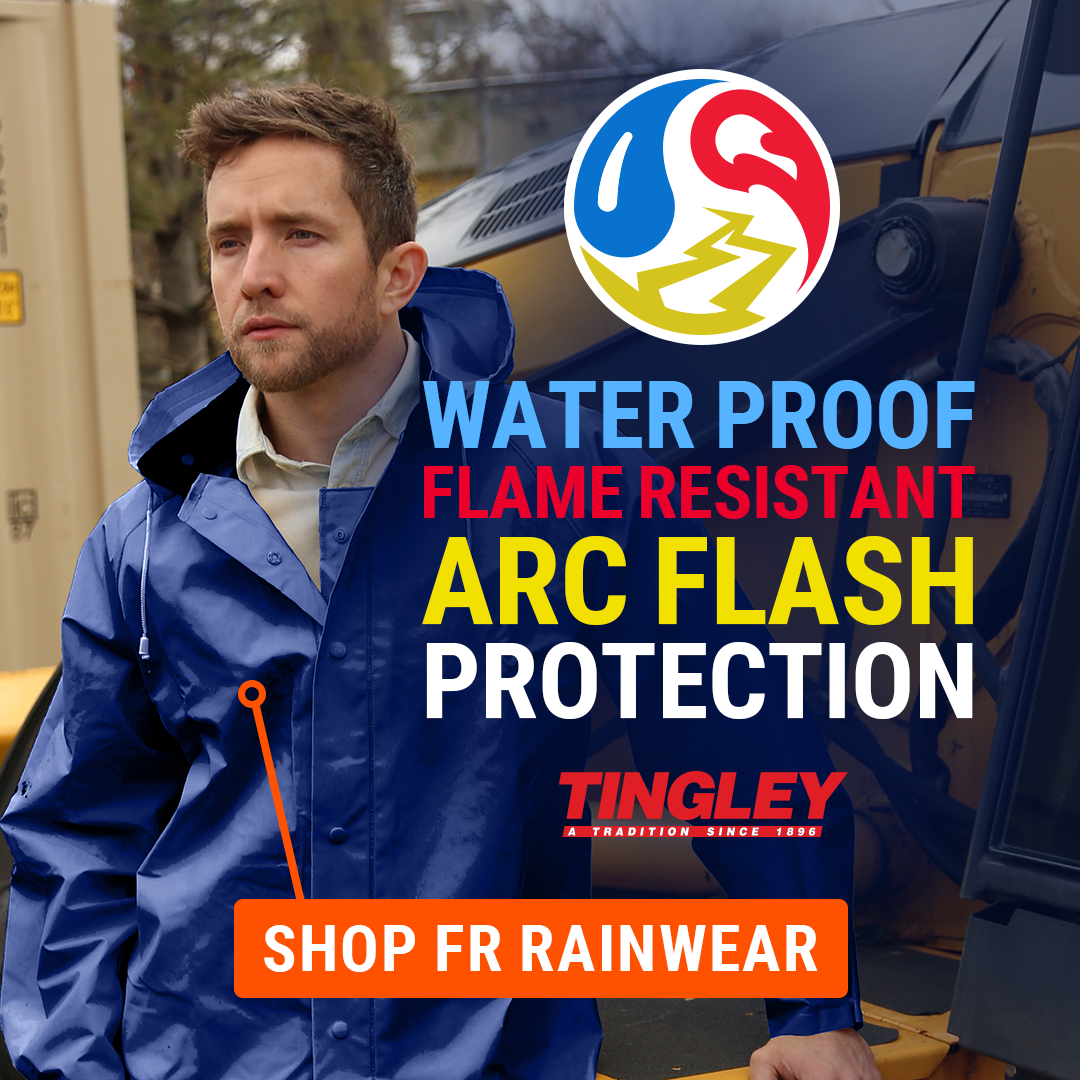The NFPA® (National Fire Protection Association) is “a global self-funded nonprofit organization, established in 1896, devoted to eliminating death, injury, property and economic loss due to fire, electrical and related hazards.” As such, they have created and maintain a detailed volume of fire protection safety standards, and are devoted to ensuring that adherence to these standards reduces the risk of injury or death to those working in hazardous, fire-related environments. The existence of so many standards can however lead to some confusion; here we will outline and define the basic differences between two of these standards - NFPA® 2112, and NFPA® 2113 - and why understanding the difference is important.
NFPA® 2112: Standard of Flame-Resistant Clothing for Protection of Industrial Personnel Against Short-Duration Thermal Exposures from Fire (Flash Fire)
Purpose: The NFPA® 2112 standard shall provide minimum requirements for the design, construction, evaluation, and certification of flame-resistant garments for use by industrial personnel, with the intent of not contributing to the burn injury of the wearer, providing a degree of protection to the wearer, and reducing the severity of burn injuries resulting from short-duration thermal exposures or accidental exposure to flash fires.
Scope: The NFPA® 2112 standard shall specify the minimum performance requirements and test methods for flame-resistant fabrics and components and the design and certification requirements for garments for use in areas at risk from flash fires.
NFPA® 2112 is a commonly quoted safety standard to those who work in Oil & Gas, regardless of whether they work in up, mid, or downstream environments. The 2112 standard was developed to define minimum performance requirements and test methods for FR fabrics and components for use in industries that are often at risk from short-duration thermal exposures from fire. The 2112 standard is especially important for those in the Oil & Gas industry, as employees routinely work in areas where hazards like this are common.

NFPA® 2113: Standard on the Selection, Care, Use, and Maintenance of Flame Resistant Garments for Protection of Industrial Personal Against Flash Fire
Purpose: The purpose of the NFPA® 2113 standard shall be to reduce the health and safety risks associated with the incorrect selection and use of flame-resistant garments and those risks associated with incorrectly maintained, contaminated, or damaged flame-resistant garments.
Scope: The NFPA® 2113 standard shall specify the minimum selection, care, use, and maintenance requirements for flame-resistant garments for use by industrial personnel in areas at risk from flash fires or short-duration flame exposure that are compliant with NFPA® 2112, Standard on Flame-Resistant Garments for Protection of Industrial Personnel Against Flash Fire.
NFPA® 2113 provides specific guidance for the selection, care, use, and maintenance of FR clothing labeled with 2112. The standard focuses on proper selection criteria based on an onsite hazard risk assessment and training on how to properly wear FR garments in the field. Recommendations on best practices to follow are based on these factors.
NFPA® 2113 guides safety professionals through hazard assessments, and explains how to specify clothing based on the requirements of NFPA® 2112. NFPA® 2113 also addresses proper care and maintenance of FR garments. While NFPA® 2112 spells out the minimum performance requirements and test methods that FR garments must meet in order to enter the market, NFPA 2113 focuses on minimizing the health and safety risks by choosing the correct garment based on the proper selection criteria and how to properly wear FR garments in the field. In addition to proper care and maintenance, NFPA® 2113 stipulates the training guidelines that help ensure your program is in compliance with OSHA 1910.132, the often cited regulation when FR clothing programs fail to meet OSHA requirements.
In Summary
- NFPA® 2112 lays out the minimum performance requirements and test methods that FR garments must meet in order to comply with the standard
- NFPA® 2113 focuses on maximizing safety by choosing the correct garment based on the proper selection criteria and how to properly wear and maintain FR garments in the field.
goSafe: Your Partner in Safety for All Things FR
goSafe is a leading provider for FR garments designed to protect workers from the dangers presented by thermal hazards. At goSafe however, we don’t just recommend garments. In accordance with NFPA® 2113, we use our experience and knowledge to educate our customers, and provide them with the information they need to narrow the selection process and obtain the ideal garment for their specific job.
Developing an efficient, successful FR clothing program is a sophisticated process, and requires simultaneous management of multiple supply chain channels. goSafe offers over 42 years of success in supporting national companies with multiple locations while continuing to service smaller businesses. At goSafe, we focus on all aspects of safety, from equipment and education to internal culture throughout large organizations. We have expertise developing programs at the corporate level and delivering the solution directly to the job site.
Watch the video below for more information about goSafe's FR Garment capabilities.
Are you on the lookout for more information on fall protection use? Visit our FAQ page today! There, you’ll find some bonus tips to help get you started.








